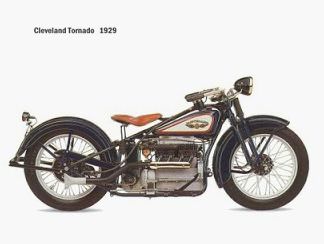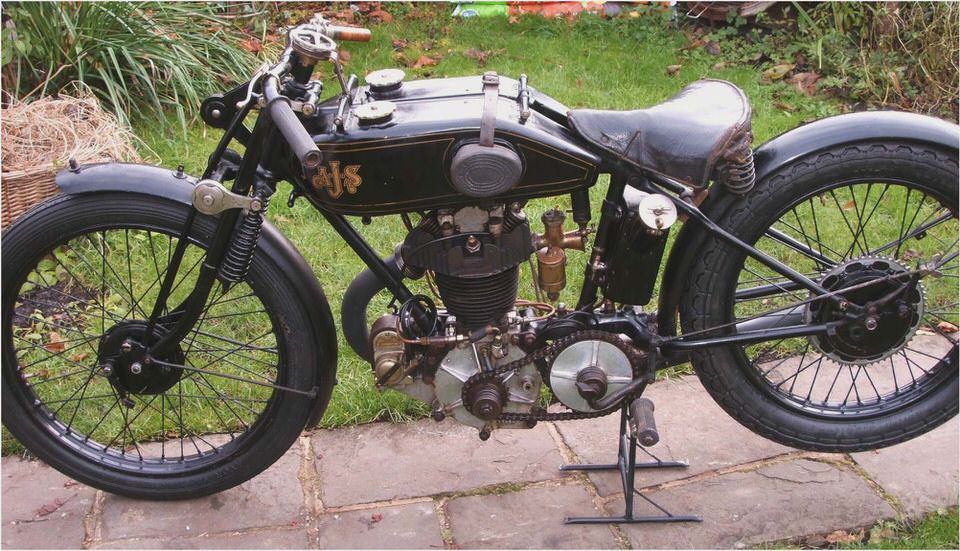The Origin of Suzuki Motorcycles
Suzuki Motorcycle History
Michio Suzuki founded Suzuki Loom Works in Hamamatsu, Shizuoka Prefecture, Japan back in 1909. In 1920 the company was reorganized, incorporated, and was properly capitalized with ¥500,000 as Suzuki Loom Manufacturing Co. Michio Suzuki assumed the role of president.
The company expanded and in 1940 the Takatsuka Plant was built in Kami-mura, Hamana-gun, Shizuoka, Japan.
In 1945 severe WWII damage forced Suzuki to close plants and move offices to the Takatsuka Plant site. Recovering from the war effort and looking for a prosperous future, Suzuki moved the head office in 1947 to the present address and in 1949 got listed on the Tokyo, Osaka and Nagoya stock exchanges.
During the post-WWII period, it was Suzuki’s first motorized bike, which began to build the company’s current reputation. It was 1952, to be exact, when Suzuki first got started with motor vehicles with the launch of the Power Free 36cc, 2-cycle motorized bicycle. It was closely followed in 1953 by the Diamond Free 60cc, 2-cycle motorized bicycle, which had a booming production that exceeded 6,000 units a month.
In 1954 the company changes its name to Suzuki Motor Co. and shortly thereafter in March of 1955 they debuted the 125cc 2-cycle ‘Colleda’. This was Suzuki’s first non-bicycle motorcycle. By October things were rolling and Suzuki launched their first lightweight car.
The ‘Suzulight’, as it was known, was a 360cc 2-cycle mini-car that helped bring-on Japan’s automotive revolution.
In 1963 Suzuki won the 50cc-class championship at the famed Isle of Man TT motorcycle race. The following year, U.S. Suzuki Motor Corp. (a direct sales subsidiary) was established in Los Angeles, California USA.
The rest is history as they say and below are a few of the earliest Suzuki machines.
1953 Suzuki Diamond Free
Released in March 1953, the Diamond Free proved hugely popular, with its double-sprocket wheel mechanism for avoiding power loss. With 2-speed transmission and output of a mere 2hp at 4,000rpm, it had a maximum speed of 37 mph. The combined effect of victory in the Mt.
Fuji hill climb race and the machine’s showing in across-Japan performance testing led to an explosion in demand. The displacement was subsequently increased from 60cc to 70cc.
1955 Suzuki Colleda COX
With its displacement upgraded from 90cc to the standard 125cc, the Colleda COX was equipped with a state-of-the-art steel frame. Its 4-stroke OHV single-cylinder engine had a flywheel magneto ignition with automatic spark advance, generated 4hp at 5,000rpm. The standard 3-speed transmission yielded a top speed of 47 mph.
1965 Suzuki T20
Developed as the fastest 250cc motorcycle in the world, the T20 was aimed at the US market. The T20 featuring Suzuki’s first ever tubular-steel double-cradle frame, the sleeved-aluminum cylinder engine that generated 25hp and complementary twin chambers. It was also the first stock bike with a 6-speed transmission.
It naturally provided extremely popular in the US market and attracted attention worldwide.
1968 Suzuki T500
The air-cooled parallel-twin 500cc engine, the largest displacement of any 2-cycle engine at the time, boasted an output of 46hp at 6,500rpm. Top speed was 112 mph. Problems such as engine durability, overheating and vibration were overcome by means of Suzuki’s unique technological flair, resulting in outstanding performance and making this T500 the company’s flagship machine.
1971 Suzuki TM400
The TM400 was developed as a production motocrosser to participate in 500cc class motocross races including World GP. Giving priority to the maneuverability of the machine, its engine displacement was lowered to 396cc. In the World Motocross GP series held in the same year, Roger De Coster won the championship in the 500cc class riding the RN71 (367cc) factory machine.
In total he won 5 world titles of the same class adding 4 more victories in 1972, 1973, 1975 and 1976.
Today, constantly going forward to meet changing lifestyles, Suzuki offers a full range of motorcycles, automobiles, outboard motors and related products such as motorized wheelchairs and industrial equipment. The mark trademark is recognized by people throughout the world as a brand of quality products that offer both reliability and performance.
Previous story Triumph Bonneville T100… ‘Real-Time’ Next story Ducati | Vintage Wallpaper



- 2006 Suzuki V-Strom 650 Specs eHow
- 2014 Suzuki V-Strom 1000 First Look – Motorcycle USA
- Home
- 2001 Suzuki SV650
- Intake – Suzuki DR650 Wiki

